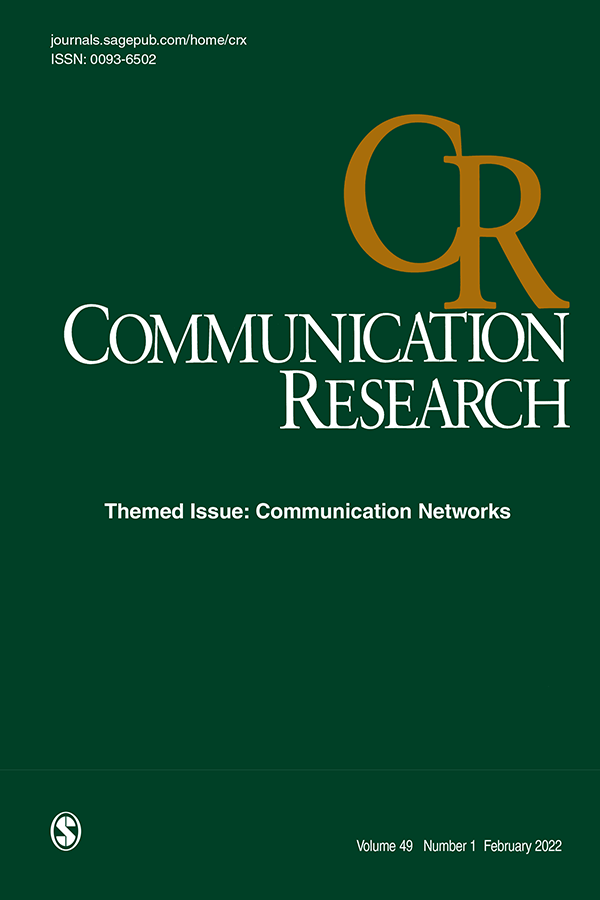Inferring human vision in a human-like way: Key factors influencing the cognitive processing of level-1 visual perspective-taking
IF 3.2
1区 文学
Q1 COMMUNICATION
引用次数: 0
Abstract
The advancement of artificial intelligence (AI) has expanded the potential for human-machine communication and collaboration in complex contexts, necessitating AI to exhibit human-like behavior in order to align with its human counterpart. Consequently, understanding human behavioral traits becomes advantageous for developing AI agents that resemble humans. This study investigated how individuals process visual information from others to inform the future design of intelligent vision systems. Through four experiments, participants were tasked with assessing whether a given number corresponds to the number of balls while manipulating the gaze direction of an avatar by averting its eyes or altering its head orientation. The results indicate that participant response times were influenced regardless of the avatar’s gaze direction. Specifically, when the avatar was positioned with its back facing the balls, any disparity in participant performance across different conditions is eliminated. These findings suggest that implicit level-1 visual perspective-taking may not primarily rely on gaze direction but rather on perceiving affordances within the environment. Such insights contribute to a deeper understanding of cognitive mechanisms underlying level-1 visual perspective-taking and can serve as a theoretical foundation for advancing AI vision algorithms in human-machine communication and collaboration.以类人方式推断人类视觉:影响一级视觉换位思考认知加工的关键因素
人工智能(AI)的进步扩大了复杂环境下人机交流和协作的潜力,这就要求人工智能表现出类似人类的行为,以便与人类同行保持一致。因此,理解人类的行为特征对于开发类似人类的人工智能代理是有利的。本研究调查了个体如何处理来自他人的视觉信息,从而为未来智能视觉系统的设计提供信息。通过四个实验,参与者的任务是评估给定的数字是否与球的数量相对应,同时通过避开虚拟角色的眼睛或改变其头部方向来操纵其凝视方向。结果表明,参与者的反应时间受到虚拟角色注视方向的影响。具体来说,当角色的背部朝向球时,参与者在不同条件下的表现差异就被消除了。这些发现表明,内隐的1级视觉视角可能主要不依赖于凝视方向,而是依赖于感知环境中的启示。这些见解有助于更深入地了解一级视觉换位思考的认知机制,并可以作为在人机通信和协作中推进人工智能视觉算法的理论基础。
本文章由计算机程序翻译,如有差异,请以英文原文为准。
求助全文
约1分钟内获得全文
求助全文
来源期刊

Communication Research
COMMUNICATION-
CiteScore
17.10
自引率
0.00%
发文量
20
期刊介绍:
Empirical research in communication began in the 20th century, and there are more researchers pursuing answers to communication questions today than at any other time. The editorial goal of Communication Research is to offer a special opportunity for reflection and change in the new millennium. To qualify for publication, research should, first, be explicitly tied to some form of communication; second, be theoretically driven with results that inform theory; third, use the most rigorous empirical methods; and fourth, be directly linked to the most important problems and issues facing humankind. Critieria do not privilege any particular context; indeed, we believe that the key problems facing humankind occur in close relationships, groups, organiations, and cultures.
 求助内容:
求助内容: 应助结果提醒方式:
应助结果提醒方式:


